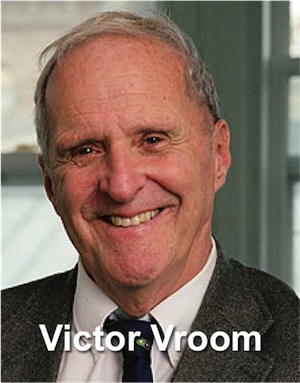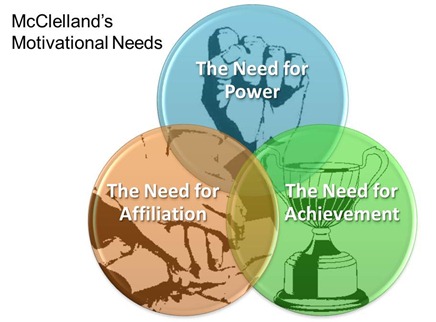The scale of the organisation that Mary Kay Ash built is impressive. Wanting to test some of the wild figures I found on the the web, I went to the Mary Kay website for their own facts… and found the biggest number yet. But we have to treat that as authoritative. In their words: ‘3.5 million people worldwide are Mary Kay Independent Beauty Consultants.’ Wholesale (not retail) sales are $4 billion per year*.
Short Biography
Mary Kathlyn Wagner was born in 1918, and grew up in Houston, Texas, graduating high school in 1934. She married a year later, and worked to keep her young family during the war. Shortly after her husband returned, they divorced.
Ash became a salesperson for direct sales business, Stanley Home Products. She hosted parties to encourage people to buy household items. She was good at it and, in 1952, was hired by another direct sales company, World Gifts. There, she spent just over a decade at the company, before she finally quit – or ‘retired’, as she described it – after watching yet another man whom she had trained get promoted above her and earn a far higher salary.
Ash decided to write a book for women in the male-dominated business world. The mythology here is lovely: she sat down and made two lists on a yellow legal pad. One list had things that the companies she had worked for had done right. The other had the things she thought they could have done better. Looking at the lists, she realized that she had inadvertently created a marketing plan for a ‘dream company’. This was one that could give women every opportunity to achieve personal and financial success.
So, with a small investment from her savings, and hep from her younger son, she formed Mary Kay Cosmetics, in 1963 (AVGY), just months after the early death of her second husband. She opened her first store in Dallas.
The business was profitable in its first year and made nearly $1 million in revenue in the second year. As with her previous experience (do what you know is a feature of many successful entrepreneurs) she sold her cosmetics at home parties and other events. Sales representatives – termed consultants – bought the products from Mary Kay at wholesale prices and then sold them to their customers at retail prices. They also earned commissions from recruiting new consultants.
However, she innovated in the way she organised her sales representatives and, notably, in the way she treated them. Her incentive programs and avoidance of traditional ‘sales territories’ were consistent with her fundamental belief in the ‘golden rule’: treat others as you want to be treated yourself. She also applied the motto: ‘God first, family second and career third’ and emphasised the importance of a healthy balance between work and home life, making her business a highly attractive place to work for women.
Ash wrote a number of books, from which we can learn much about her people-centred philosophy on business.
- The Mary Kay Way: Timeless Principles from America’s Greatest Woman Entrepreneur
(her first book, expanded and republished in 2008) - Miracles Happen: The Life and Timeless Principles of the Founder of Mary Kay Inc.
(Her 1981 autobiography, reprinted under this title in 2003) - Mary Kay: You Can Have it All – Practical Advice for Doing Well by Doing Good
(Her last book, form 1995 – currently out of print)
Her business went from strength to strength, earning itself and Ash (who married Mel Ash, in 1966) numerous awards and honours. She remained active in Mary Kay Cosmetics until suffering a stroke in 1996. Mary Kay Ash died in 2001.
What Mary Kay Taught us
Her books provide a wealth of wisdom about respecting and engaging the people who work for you. It’s easy to think of her aphorisms as easy cliches. The reality is that there is nothing easy about doing the basics well and consistently. Ash did exactly that.
Let’s consider some of my favourite lessons:
- The Golden Rule: Treat others as you would want them to treat you. Ash made this a foundation of her business and management philosophy.
- Praise People to Success. Ash profoundly understood the motivating impact of recognition in the workplace.
- The Invisible Sign. Ash imagined that everyone she met was wearing an invisible sign, which she could read. It says: ‘Make me feel important’. She did.
- Build with people. Not only did she believe that ‘people are the company’s greatest asset’, but she prioritised developing those people and promoting from within the business.
- Be a Follow-through person. Ash thought it vital for people to feel that they can count on you, especially as a leader.
- The Speed of the Leader Is the Speed of the Gang. Lead from the front, roll your sleeves up, and get stuck-in. The pace a leader sets is the pace of the organisation.
- People will support that which they help to create. If you want to avoid people resisting change, you need to involve them in the design and decision-making processes.
- Less stress. Ash’s commitment to work-life balance was underpinned by a belief that stress stifles creativity.
* Facts retrieved from http://www.marykay.com/en-US/About-Mary-Kay/CompanyFounder/Pages/Company-Quick-Facts.aspx on 22/12/2015.











